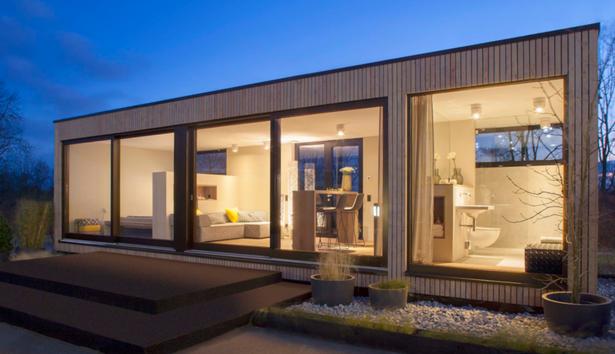
Where to lay your head in Berlin? Discover five hotels that have preserved the Forbes past
After the war, the building was used by the Soviet Union to house members of the Central Committee of the new Communist Party, and thus the building witnessed many key events before returning to the hands of its rightful owners.
After it was bought by the Soho House Group, the building was transformed into the sixty-five-room hotel it is today. Members of the Soho House club can stay here, to whom the hotel offers short-term and long-term stays in attic apartments, all-day refreshments, a rooftop pool or even a cinema.
AdvertisementUnlike Soho House and Hotel de Rome, the five-star Hotel Adlon Kempinski was already a hotel at the moment of its establishment in 1907. The grand opening of the hotel was announced all over Europe and the event was attended by prominent personalities from the ranks of actors, scientists, American presidents and important European leaders.
Although the hotel survived the Second World War, it was burned to the ground in May 1945. Only when East and West Berlin were reunited in the early 1990s, the hotel was taken over by the Kempinski chain, under whose banner it was rebuilt and reopened in 1997.
The reconstruction took place in the spirit of the original intention, with the aim of returning Adlon to its former glory and renown. Today, the hotel meets the highest standards and offers comprehensive spa care, two bars, three restaurants and seventy-eight luxury suites, including three presidential suites. If you decide to go there, don't miss the latest offer of Hotel Adlon Kempinski, which offers up to twenty percent discounts until the end of September.
Hotel am Steinplatz
Hotel am Steinplatz is another cornerstone of Berlin's hotel boom from the beginning of the 20th century. The hotel was opened by Max Zellermayer in 1913 and today is part of the Autograph Collection, a group of luxury hotels in the Marriott International portfolio.
The building boasts an exceptional art nouveau design, you can expect classic bay windows, an arched entrance and rooms overlooking a secluded courtyard. You can relax and refresh yourself in the Restaurant am Steinplatz, where traditional German cuisine has been raised to new delicious heights thanks to the use of local ingredients.

Although the am Steinplatz building passed through various hands during the twentieth century, it was always used exclusively for accommodation and hospitality. Russian socialists, for example, called the apartments here their home, and the hotel lobby once also served as a meeting place for prominent Berlin artists and creatives.
One hundred years after its construction, in 2013, the hotel underwent an architectural transformation, during which elements inspired by nature were added to the interior to bring the intricate sculptural details to life. The hotel offers a variety of accommodation options including Spa Suite, Junior Suite and Superior rooms, where natural light, vintage design elements and wooden furniture combine in a perfect atmosphere. In short, you will feel at home in the close vicinity of Charlottenburg.
SO/ Berlin Das Stue
SO/Berlin Das Stue began its era as a Danish embassy hosting diplomats and delegates. During World War II, the Nazis confiscated the building and used it for other purposes, but immediately after the end of the war, it returned to the hands of the Danish government, which used it until 1970.
However, then the Danes sold the building and its buyers wanted to create residential housing for Berliners. However, this plan was never fulfilled and the building fell into disrepair for a whole decade before the new owner converted it into offices after 1980.
Das Stue's destiny as a leading hotel was only fulfilled in 2009. New elements have been added to make the stay more pleasant for guests, but a large part of the older elements that give the building a distinctive character, such as the original French doors, have also been preserved. In the twelve years since its opening, SO/ Berlin Das Stue has become a household name in European hospitality, providing easy access to the best that Berlin has to offer from the embassy quarter.
The chief architect of Das Stue, Johann Emil Schaut, was inspired by commercial architecture, which you can see, for example, in the gentle curve of the hotel that lines the surrounding street. The building also boasts some of the most beautiful views of the German capital. Especially the view from the local penthouse, Bel Etage Suites or from the hotel pool connected to the sauna is worth it.
When visiting SO/ Berlin Das Stue, you should not miss the menu at The Casual restaurant, which you can enjoy on the terrace surrounded by garden greenery.
Walking through Berlin is like moving through time, the secrets of the city are in front of you everywhere you look. The city's efforts to preserve bits of its past combined with its cultural diversity and renowned nightlife will ensure that your visit will never be the same.
If you also decide to spend your Berlin stay in one of the hotels mentioned above, your experience will be enhanced by details that you may not have even dreamed of. You can empathize with your hotel's former residents, imagine how they walked under its chandeliers decades ago, and then be lured back to the present by luxurious spa treatments or rooftop cocktail parties.







